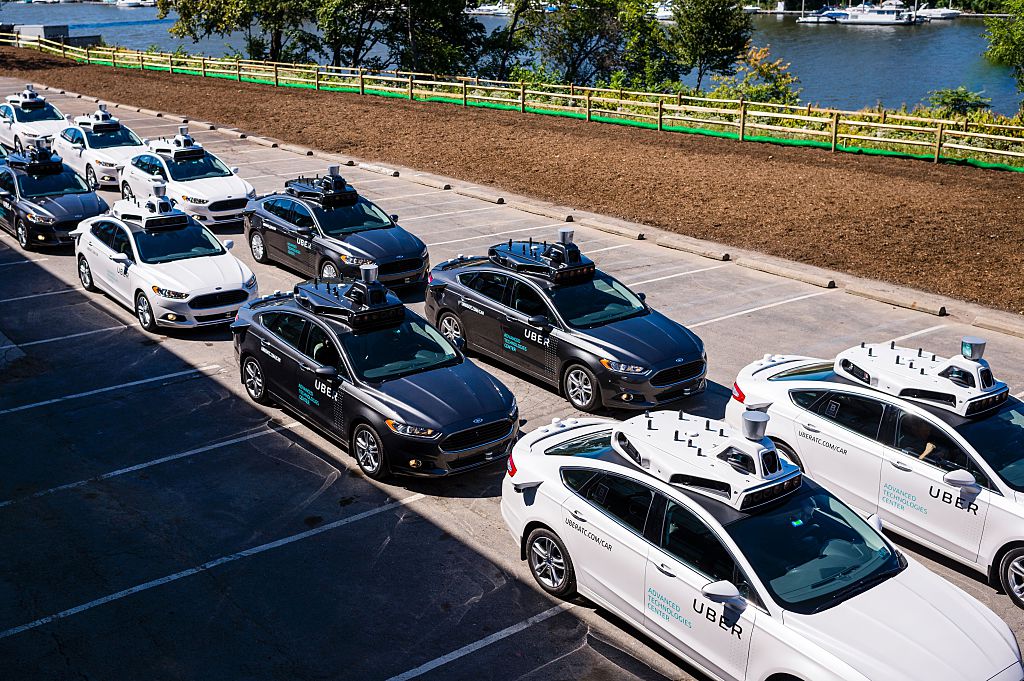As Uber rolls out more self-driving cars across the country, news of a software flaw may urge potential customers to steer clear of the new tech for a while.
In March 2018, 49-year-old Elaine Herzberg of Tempe, AZ was fatally struck by one of Uber’s self-driving SUVs while attempting to cross the street. Though the Uber vehicle had a human driver behind the wheel, it was in autonomous mode at the time of the accident. This was the first reported incident resulting in the death of a pedestrian and caused Uber to put their self-driving cars on hold for nine months.
After a 20 month investigation, it was found that the SUV that struck Herzberg did not detect her until six seconds before impact. The vehicle did not attempt to stop until 1.2 seconds before hitting her and was unable to steer around her. According to the National Transportation Safety Board, Uber’s software is flawed and was not designed to account for pedestrians that are not using the crosswalk.
“The system design did not include consideration for jaywalking pedestrians,” the NTSB’s report states.
At the time of the incident, Herzberg was wheeling her bicycle on a pathway that appeared to be intended for pedestrians but was approximately 360ft from the crosswalk.
“Even the most junior human driver knows to expect that people sometimes walk outside of crosswalks,” said Jason Levine, executive director of the nonprofit organization Center for Auto Safety. “When we have public road testing that has programming that essentially chooses to ignore the realities of how people interact with public infrastructure, it’s really dangerous.”
Additionally, Uber had disabled the automatic emergency braking system in the vehicles in an attempt to “reduce the potential for erratic vehicle behavior.” Rather than slam on the brakes, the cars have a one-second delay or “action suppression” while it tries to verify “the nature of the detected hazard.” Unfortunately, this cost a woman her life.
In June 2019, Uber, in partnership with Volvo, announced a third generation of self-driving vehicles that they promised would be safer than its predecessors. The new cars will feature multiple redundant steering, braking, and battery power systems to serve as backups and ultimately no longer require the need for a human operator behind the wheel.
“If any of the primary systems should fail for some reason, the back-up system is designed to immediately act to bring the car to a stop,” Uber says.
Later this month, the NTSB will hold a meeting in Washington D.C. in which they will release a comprehensive report of the March 2018 incident.
